40 label chloroplast
Chloroplast Structure | Stroma, Chlorophyll & Thylakoid - Video ... Chloroplasts are located in the cytoplasm of plant cells. The shape of chloroplasts tends to be oval and flat. The chloroplast structure is made up of the outer membrane, inner membrane, stroma,... Label the parts in chloroplast. - Brainly.in Label the parts in chloroplast. - 50530062 kritzz3277 kritzz3277 4 weeks ago Biology Secondary School answered Label the parts in chloroplast. 1 See answer Advertisement Advertisement kritzz3277 is waiting for your help. Add your answer and earn points. 8408030900nitin 8408030900nitin
› organelles-meaning-373368What Is an Organelle? - ThoughtCo Jun 07, 2019 · Chloroplast - this chlorophyll containing plastid is found in plant cells, but not animal cells. Chloroplasts absorb the sun's light energy for photosynthesis. Cell Wall - this rigid outer wall is positioned next to the cell membrane in most plant cells. Not found in animal cells, the cell wall helps to provide support and protection for the cell.

Label chloroplast
Hedstroem & Pflug - Chloroplast (Original Mix) | New Dance Music Artists: Hedstroem & Pflug Release: Purveyors Of The Groove Vol. 2 Label: MALöR Records BPM: 141 Date: 2022-08-31 Style: Techno (Raw / Deep / Hypnotic) Hedstroem & Pflug - Chloroplast (Original Mix) 5:14 Listen / DOWNLOAD in MP3 320kbps / WAV 1411kbps Compare and Contrast: Chloroplasts and Mitochondria - Owlcation Where Is the Chloroplast Located in a Cell? The chloroplast is located throughout the cytoplasm of the cells of plant leaves and other parts depending on the type of plant. You can see where the chloroplasts are because chloroplasts they are what make the plant appear green. Therefore, wherever there is green on a plant there are chloroplasts. ICSE Solutions for Class 10 Biology – Photosynthesis 04.12.2019 · Sketch and Label the Diagram Question 1: Draw a neat and well-labeled diagram of the Chloroplast. Answer: Question 2: Draw a neat and well-labeled diagram of the apparatus you would set up to show that oxygen is given out during photosynthesis. Answer: See figure. Explain the Terms. Question: 1. ATP 2. Calvin Cycle 3. Free Energy 4. NADPH 5 ...
Label chloroplast. Life Processes Class 10 Important Questions Science Chapter 6 17.08.2020 · Draw a neat diagram of excretory system of human beings and label on it: (i) Left kidney (ii) Urinary bladder [CBSE 2014] Answer: Question 16. Draw a diagram of human respiratory system and label on it: (i) Diaphragm (ii) Larynx (iii) Trachea [CBSE 2014] Answer: Question 17. (a) Name the site of exchange of material between the blood and surrounding … label the parts of the chloroplast and the internal structure of a leaf ... Label the parts of the chloroplast and the internal structure of a leaf write your answer on the space provided for each number - 20650362 neilgalas05 neilgalas05 25.10.2021 Science Junior High School answered › bitesize › guidesPlant cells - Cell structure - AQA - GCSE Combined Science ... Chloroplast Organelles that contains the green pigment, chlorophyll, which absorbs light energy for photosynthesis. Contains the enzymes needed for photosynthesis. What Is an Organelle? - ThoughtCo 07.06.2019 · An organelle is a tiny cellular structure that performs specific functions within a cell.Organelles are embedded within the cytoplasm of eukaryotic and prokaryotic cells.In the more complex eukaryotic cells, organelles are often enclosed by their own membrane.Analogous to the body's internal organs, organelles are specialized and perform valuable functions necessary for …
olms.cte.jhu.edu › olms2 › dataCell City Worksheet Answer Key - Johns Hopkins University 8. The chloroplast is an oval, green structure found in the cytoplasm. It contains chlorophyll. It captures the sun’s energy and uses it to produces sugars in a process called photosynthesis. a. What company or place does the chloroplast resemble in a Cell City? Solar Power Plant b. Why do you think so? Interactive Cell Models - CELLS alive This introduction to the structure of plant, animal and bacterial cells is accomplished with mobile-friendly interactive animations and descriptive text. Chlorpyrifos | US EPA Chlorpyrifos is an organophosphate insecticide, acaricide and miticide used primarily to control foliage and soil-borne insect pests. On Feb. 25, 2022, EPA released a response denying the objections, requests for hearing, and stay requests filed on the final rule revoking all "tolerances" for chlorpyrifos, which establish an amount of a pesticide that is allowed on food. Free Printable Plant and Animal Cells Worksheets - Homeschool Giveaways Plant Cell Parts Color Poster - This free plant cell parts poster is in full color to give a basic illustration of a plant cell including labels for the nucleus, chloroplast, cytoplasm, membrane, cell wall, vacuole, and mitochondrion.
Biology4Kids.com: Cell Structure There are many types of cells. In biology class, you will usually work with plant-like cells and animal-like cells. We say "animal-like" because an animal type of cell could be anything from a tiny microorganism to a nerve cell in your brain. Biology classes often take out a microscope and look at single-celled microbes from pond water. The Variegated Mutants Lacking Chloroplastic FtsHs Are Defective in D1 ... To label the chloroplast proteins, leaf discs of approximately 8-week-old plants were vacuum infiltrated by syringe and incubated with 0.1 mCi mL −1 [35 S] ... To isolate chloroplasts, 2 g of wild-type and var2-1 leaves from approximately 8-week-old plants was harvested. Subcellular Localization Prediction Tools - Youngstown State … A list of published protein subcellular localization prediction tools. Meinken J, Min XJ. (2012) Computational prediction of protein subcellular locations in eukaryotes: an experience report.Computational Molecular Biology. 2(1): 1-7 (doi: 10.5376/cmb.2012.02.0001). How Does Photosynthesis Work - Label The Diagram Answer Key Chloroplasts - Show Me the Green Chloroplasts are the food producers of the cell. The organelles are only found in plant cells and some protists such as algae. Animal cells do not have chloroplasts. Chloroplasts work to convert light energy of the Sun into sugars that can be used by cells. See alsowhat is the principle of sufficient reason,
Practice: Photosynthesis Visual Summary Label the two parts ... - BRAINLY answered • expert verified, Practice: Photosynthesis Visual Summary Label the two parts of the chloroplast. Label where each step of photosynthesis occurs. Use arrows to show what goes into each part (reactants) and what comes out (products). tay1507 is waiting for your help. Add your answer and earn points. This is Expert Verified Answer,
What is Granum? - Definition & Function - Study.com Thylakoids are membranous pockets or structures found inside the chloroplasts of plant cells. Thylakoids contain chlorophyll, the pigment used by plants for photosynthesis. Within the thylakoid...
Plant cells - Cell structure - AQA - BBC Bitesize Chloroplast Organelles that contains the green pigment, chlorophyll, which absorbs light energy for photosynthesis. Contains the enzymes needed for photosynthesis.
Chloroplast translational regulation uncovers nonessential ... Chloroplasts respond to temperature stimuli and participate in temperature sensing and acclimation. However, very little is known about the involvement of chloroplast genes and their expression in plant chilling tolerance. ... are marked with filled circles and colored labels (blue, downregulated; red, upregulated). Note that principal ...
Cell City Worksheet Answer Key - Johns Hopkins University Chloroplast As you move through this worksheet, see if you can match the important parts of the city listed above to the specific organelles found in cells. Be sure to write neatly, and in complete sentences. As you move through this worksheet, see if you can match the important parts of the city listed above to the specific organelles found in cells. Be sure to write neatly, and in …
Plant and Animal Cell: Definition, Structure, Differences - Embibe Exams Plastids are of three kinds- chloroplast, chromoplast and leucoplast. Plastids are absent. Vacuoles occupy a large space. Vacuoles are rare and, if present, are small. Centrioles are absent. Centrioles and centrosomes present near the nucleus. Lysosomes absent in plant cells. Lysosomes present in animal cells. Reserved food stored in the form ...
How To Label A Plant Cell - Realonomics Each plant cell will have a cell wall cell membrane a nucleus smooth and rough endoplasmic reticulum Golgi apparatus ribosomes plastids mitochondria vacuoles and various vesicles like peroxisomes.. What is cell Labelling? The visualization of cells and cellular structures as well as the tracking and modulation of nucleic acid and proteins in living cells is mandatory to identifiy map and ...
Unique Photosynthetic Pigment Quiz - ProProfs Quiz The reaction-center chlorophyll of photosystem I is known as P700 because, A. It absorbs 700 photons per microsecond. B. There are 700 photosystem I components to each chloroplast. C. This pigment is best at absorbing light with a wavelength of 700 nm. D. There are 700 chlorophyll molecules in the center. E.
Difference Between Chlorophyll and Chloroplasts [Updated 2022] The job of chloroplasts is to conduct photosynthesis, fatty acid synthesis, amino acid synthesis, and various immune responses and pathogen defense of plants. The immune responses are carried out in two ways by the chloroplasts - hypersensitive response and systemic acquired resistance. Chloroplasts can also serve as cellular sensors.
ucmp.berkeley.edu › bacteria › cyanointroIntroduction to the Cyanobacteria - University of California ... The chloroplast with which plants make food for themselves is actually a cyanobacterium living within the plant's cells. Sometime in the late Proterozoic, or in the early Cambrian, cyanobacteria began to take up residence within certain eukaryote cells, making food for the eukaryote host in return for a home.
Introduction to the Cyanobacteria - University of California … The chloroplast with which plants make food for themselves is actually a cyanobacterium living within the plant's cells. Sometime in the late Proterozoic, or in the early Cambrian, cyanobacteria began to take up residence within certain eukaryote cells, making food for the eukaryote host in return for a home.
Animal Cells: Labelled Diagram, Definitions, and Structure - Research Tweet Chloroplast: Changes sunlight into sugar for plant cells. Contains a green pigment called chlorophyll. Cell Membrane: A double layer that supports and protects the cell. Allows materials in and out. Nucleus: The control center of the cell. Nucleus contains majority of cell's the DNA: Mitochondria: Popularly known as the "Powerhouse".
(Solved) - Structure on the Chloroplast Match the label to the correct ... Describe the structure and ...
Leucoplast vs. Chloroplast - What's the difference? | Ask Difference Leucoplast noun. One of certain very minute whitish or colorless granules occurring in the protoplasm of plants and supposed to be the nuclei around which starch granules will form. Chloroplast noun. A plastid containing chlorophyll, developed only in cells exposed to the light. Chloroplasts are minute flattened granules, usually occurring in ...
Chloroplasts- Definition, Structure, Functions and Diagram - Microbe Notes Chloroplasts are a type of membrane-bound plastids that contain a network of membranes embedded into a liquid matrix and harbor the photosynthetic pigment called chlorophyll. It is this pigment that imparts a green color to plant parts and serves to capture light energy. Chloroplasts can be found in the cells of the mesophyll in plant leaves.
Plant Cells Vs. Animal Cells (With Diagrams) - Owlcation The vacuole has an important structural function, as well. When filled with water, the vacuole exerts internal pressure against the cell wall, which helps keep the cell rigid. A plant that is wilting has vacuoles that are no longer filled with water. While animal cells do not have a cell wall, chloroplasts, or a large vacuole, they do have one ...
digitalcommons.trinity.edu › cgi › viewcontentCell Theory and Cell Function [7th grade] - Trinity University of the plant and animal cell, add to their picture and label all parts of the cell. Have students observe and identify similarities and differences between the two cells, including the shape of the cell. Day 4: Academic prompt: Have students reflect and write a paragraph summary answering the question “Both plants and animals need energy to ...
Draw Plant Cell And Label The Parts : Expert Verified Draw The Diagrams ... The chloroplast is present only in plant cells. The green parts of plants such as leaves, have cells which contain chloroplasts. 1 2 Difference Between Plant And Animal Cells Cells As The Basic Units Of Life Siyavula from Draw a plant cell and label the parts which (a) determines the function and development of the cell. Hello ...
Chloroplast: Meaning, Structure, Analogy - Embibe Chloroplasts are photosynthesis sites, which comprise a set of light-dependent and light-independent reactions to harness solar energy and convert it into chemical energy. 2. The light reaction takes place in thylakoids. It is also known as Hill reaction or photochemical reaction or photosynthetic electron transfer reaction. 3.
Plant Cell- Definition, Structure, Parts, Functions, Labeled Diagram Plant cells also have structural organelles that are not found in the animals' cells including the cell wall, vacuoles, plastids e. g Chloroplast. Animal cells also contain structures that are not found in the plant cells such as, cilia and flagella, lysosomes, and centrioles. Figure: Labeled diagram of plant cell, created with biorender.com,
Cell Theory and Cell Function [7th grade] - Trinity University of the plant and animal cell, add to their picture and label all parts of the cell. Have students observe and identify similarities and differences between the two cells, including the shape of the cell. Day 4: Academic prompt: Have students reflect and write a paragraph summary answering the question “Both plants and animals need energy to ...
› files › cell_mainBiology4Kids.com: Cell Structure There are many types of cells. In biology class, you will usually work with plant-like cells and animal-like cells. We say "animal-like" because an animal type of cell could be anything from a tiny microorganism to a nerve cell in your brain.
Match the label to the correct structure on the chloroplast Drag and drop a term to match each label. Cell wall, Chloroplasts, Endoplasmic reticulum, Gogli apparatus, Large central vacuole, Lysosome, Mitochondrion, Nucleus, Plasma member, Vesicle, Answer: I hope this picture helps you, Similar Questions, Which best explains how contractionary policies can hamper economic growth,
bioinformatics.ysu.edu › tools › subcellSubcellular Localization Prediction Tools chloroplast, cytoplasm, mitochondria, nucleus oryza sativa only Kaundal, R., & Raghava, G. P. S. (2009) RSLpred: an integrative system for predicting subcellular localization of rice proteins combining compositional and evolutionary information .
On the outer membrane of the chloroplast? Explained by FAQ Blog What color is the outer membrane of a chloroplast? Color and label the outer membrane (1) green. Color and label the inner membrane (5) yellow. Thylakoids, containing chlorophyll and other accessory pigments (red, orange, yellow, brown), are in stacks called granum (grana, plural). ... Most chloroplasts are oval-shaped blobs, but they can come ...
Difference Between Leucoplast and Chloroplast [Updated 2022] Chloroplasts are specialized plastids with a green coloration. Chromoplasts are multicolored plastids that give petals and other plant components their distinctive colors. In-plant cells, the leucoplast is a tiny organelle. It's a sort of plastic that's designed to store carbohydrates, proteins, and lipids in plants. Leucoplasts have no color.
Label This Transmission Electron Micrograph : TEM of chloroplast from ... Label This Transmission Electron Micrograph : TEM of chloroplast from Coleus blumei - Stock Image - B110. Interpretation of electron micrographs to identify organelles and deduce the functions of specialized cells. Provide the labels for the electron micrograph in figure 12.8. Nuclear envelope nucleolus nucleus heterochromatin reset zoom .
Learn About Plant Cells - Biology Quiz - ProProfs Quiz Plant cells are the basic unit of life in organisms of the kingdom Plantae. They are eukaryotic cells, which have a true nucleus along with specialized structures called organelles that carry out different functions. Plant cells have special organelles called chloroplasts, which create sugars via photosynthesis.
ICSE Solutions for Class 10 Biology – Photosynthesis 04.12.2019 · Sketch and Label the Diagram Question 1: Draw a neat and well-labeled diagram of the Chloroplast. Answer: Question 2: Draw a neat and well-labeled diagram of the apparatus you would set up to show that oxygen is given out during photosynthesis. Answer: See figure. Explain the Terms. Question: 1. ATP 2. Calvin Cycle 3. Free Energy 4. NADPH 5 ...
Compare and Contrast: Chloroplasts and Mitochondria - Owlcation Where Is the Chloroplast Located in a Cell? The chloroplast is located throughout the cytoplasm of the cells of plant leaves and other parts depending on the type of plant. You can see where the chloroplasts are because chloroplasts they are what make the plant appear green. Therefore, wherever there is green on a plant there are chloroplasts.
Hedstroem & Pflug - Chloroplast (Original Mix) | New Dance Music Artists: Hedstroem & Pflug Release: Purveyors Of The Groove Vol. 2 Label: MALöR Records BPM: 141 Date: 2022-08-31 Style: Techno (Raw / Deep / Hypnotic) Hedstroem & Pflug - Chloroplast (Original Mix) 5:14 Listen / DOWNLOAD in MP3 320kbps / WAV 1411kbps



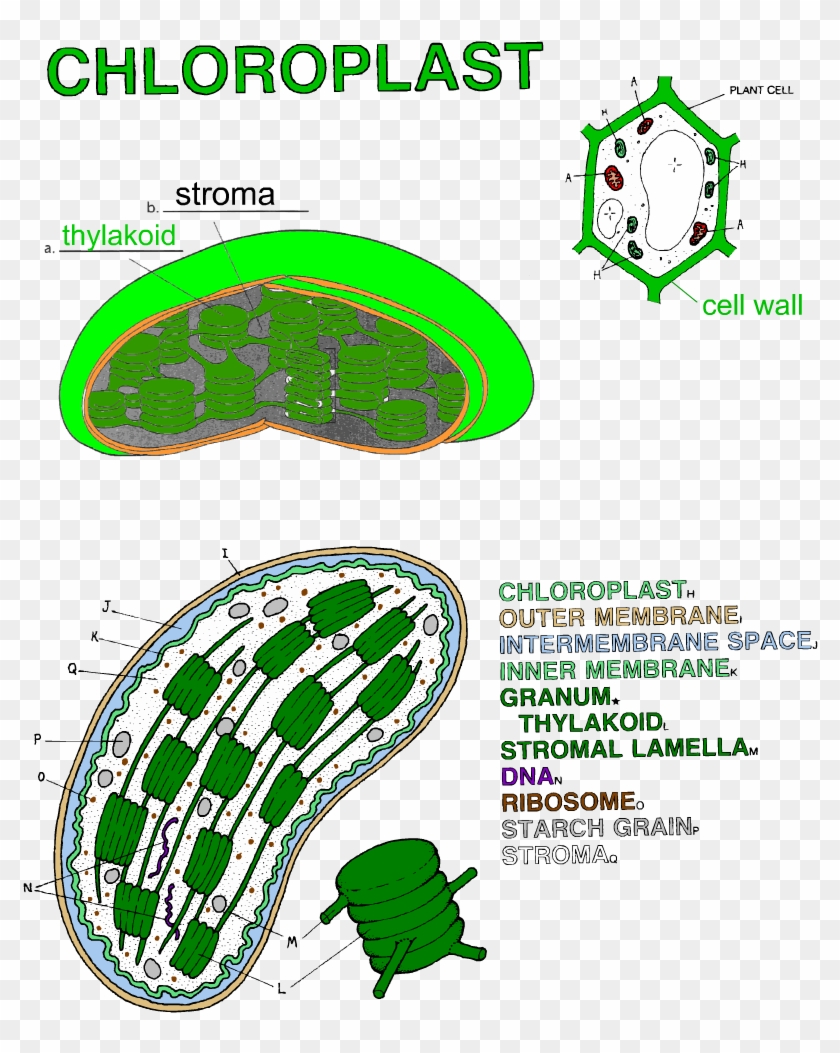







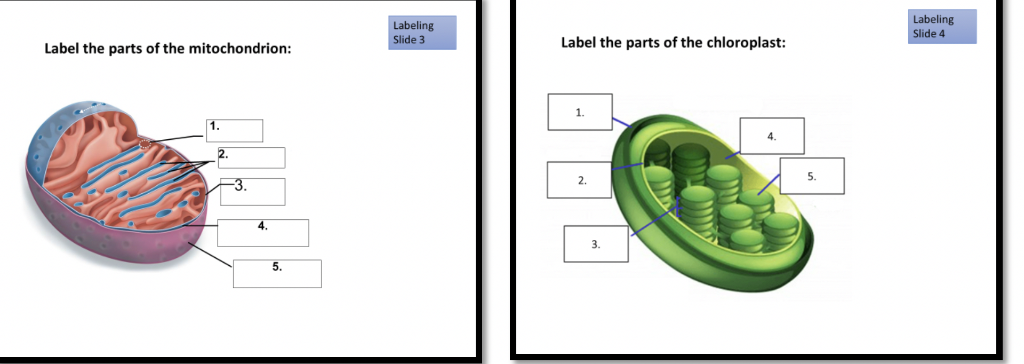


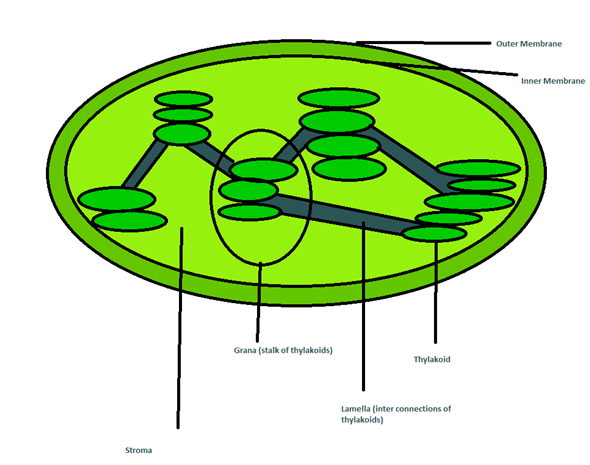
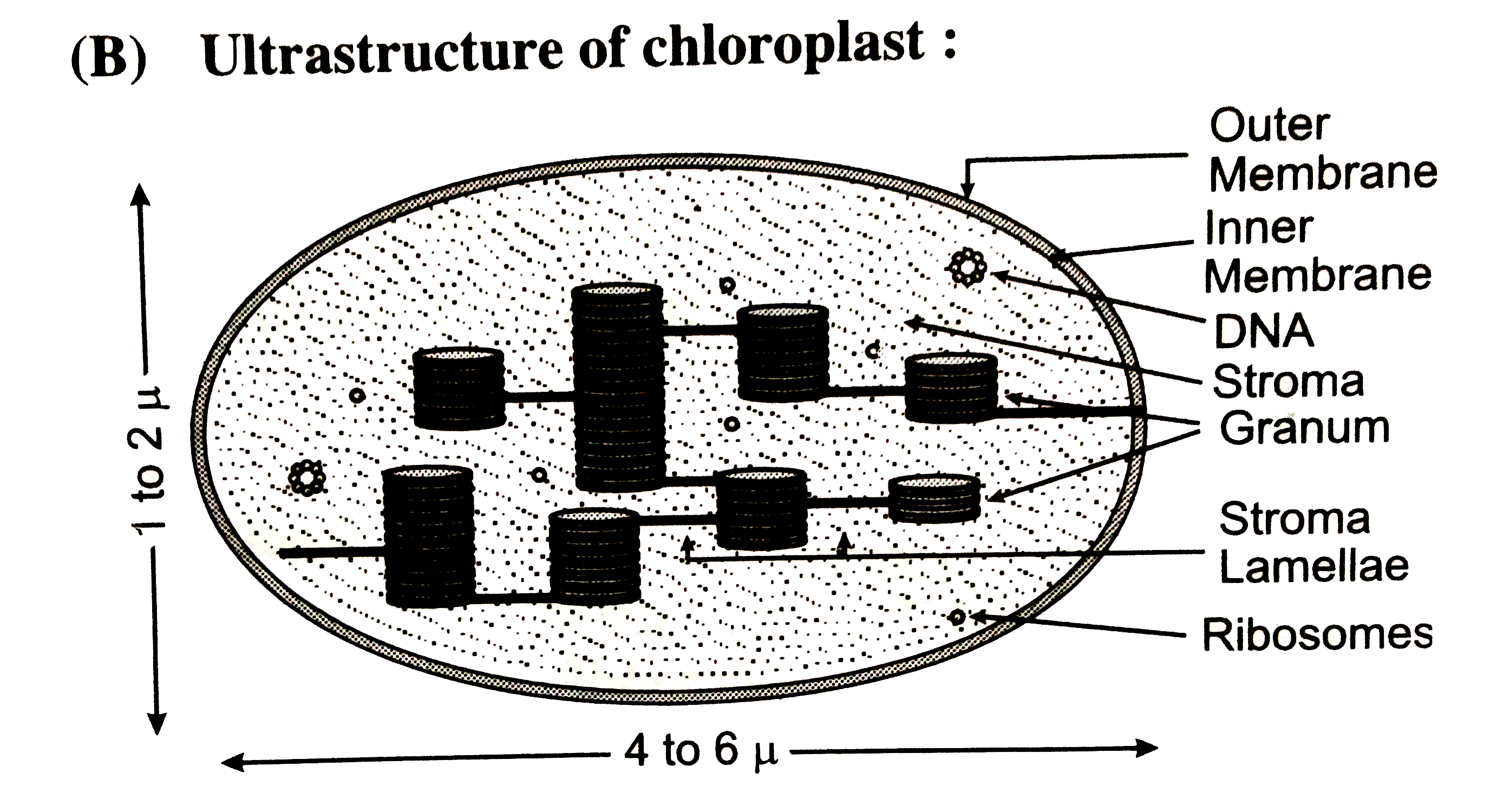

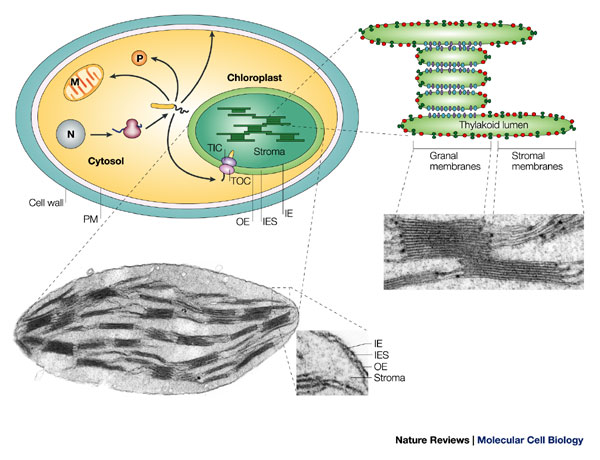





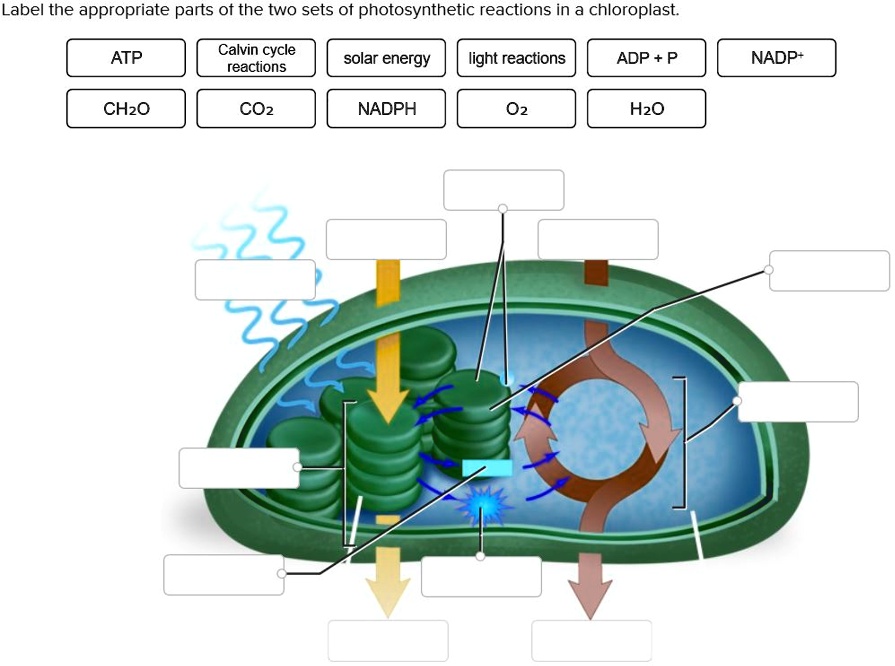
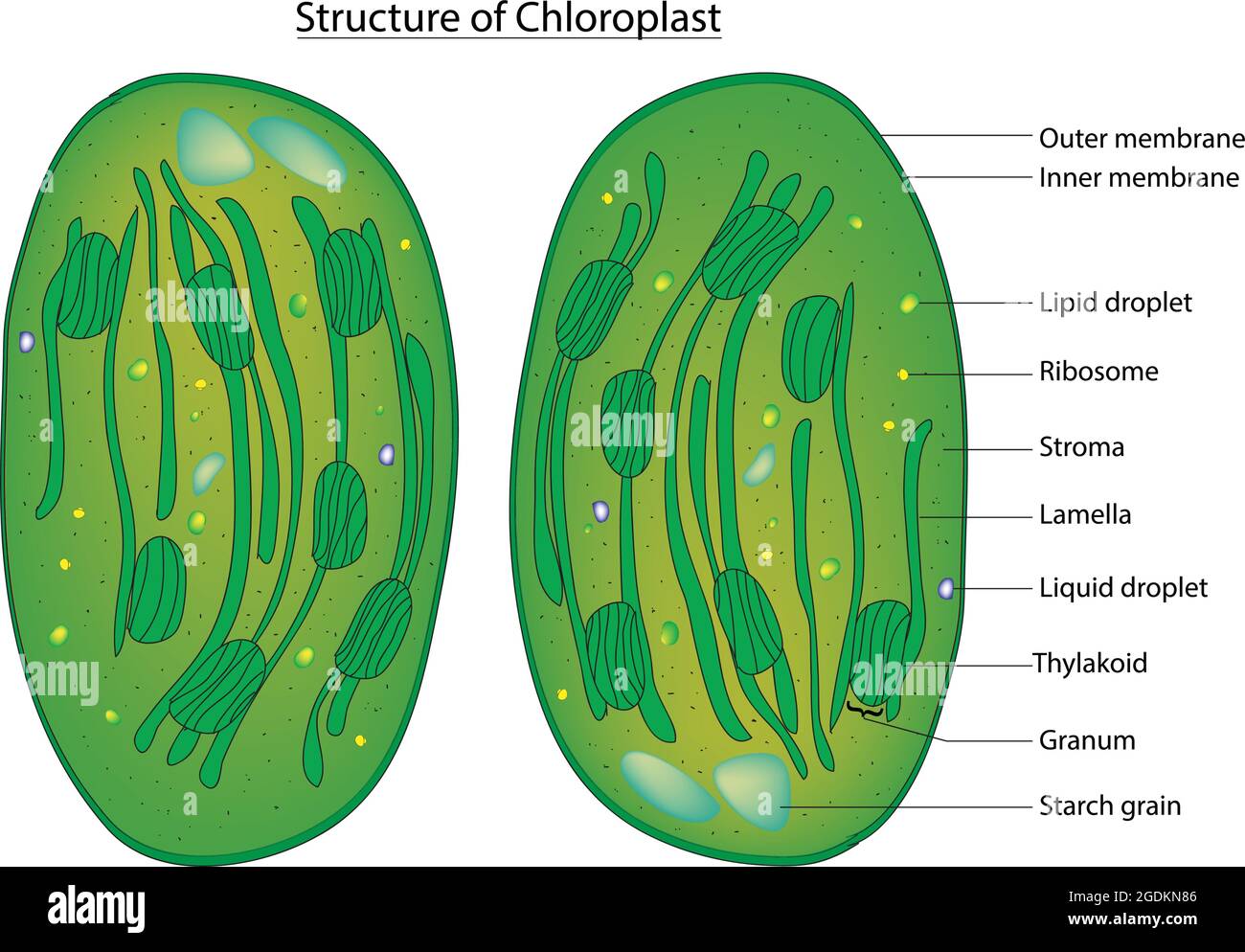
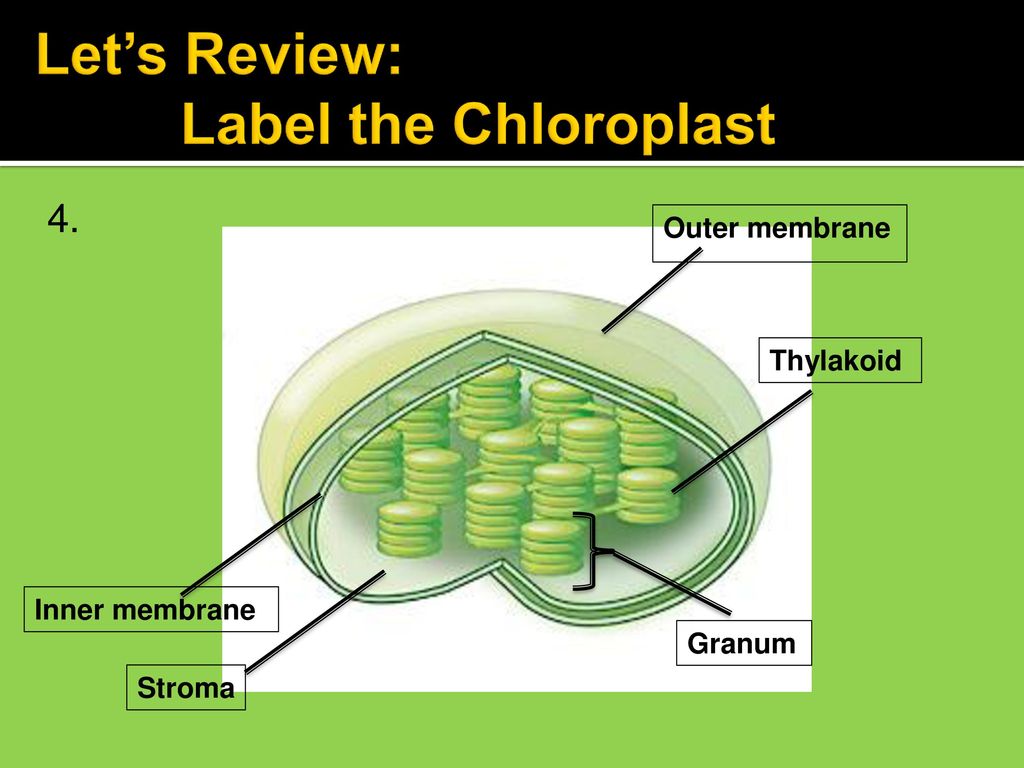


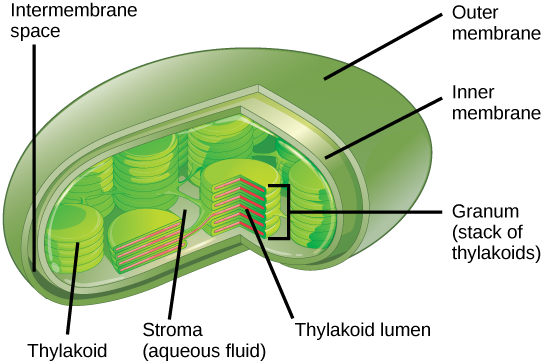
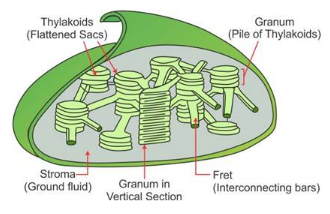
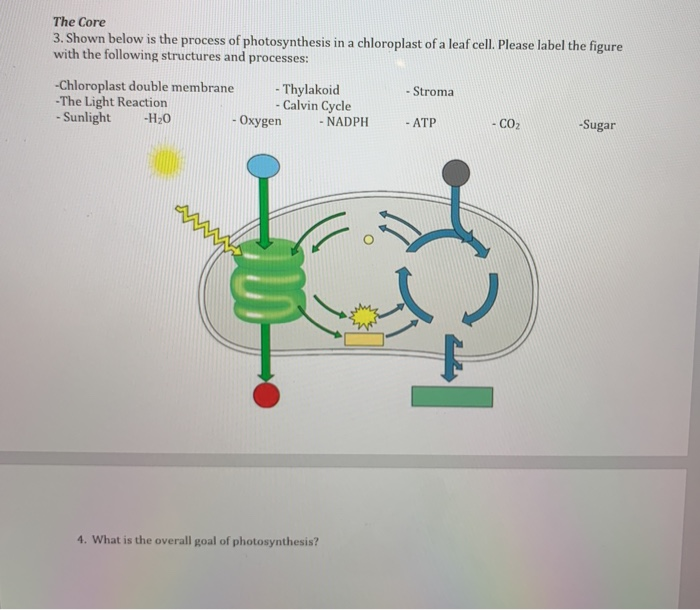
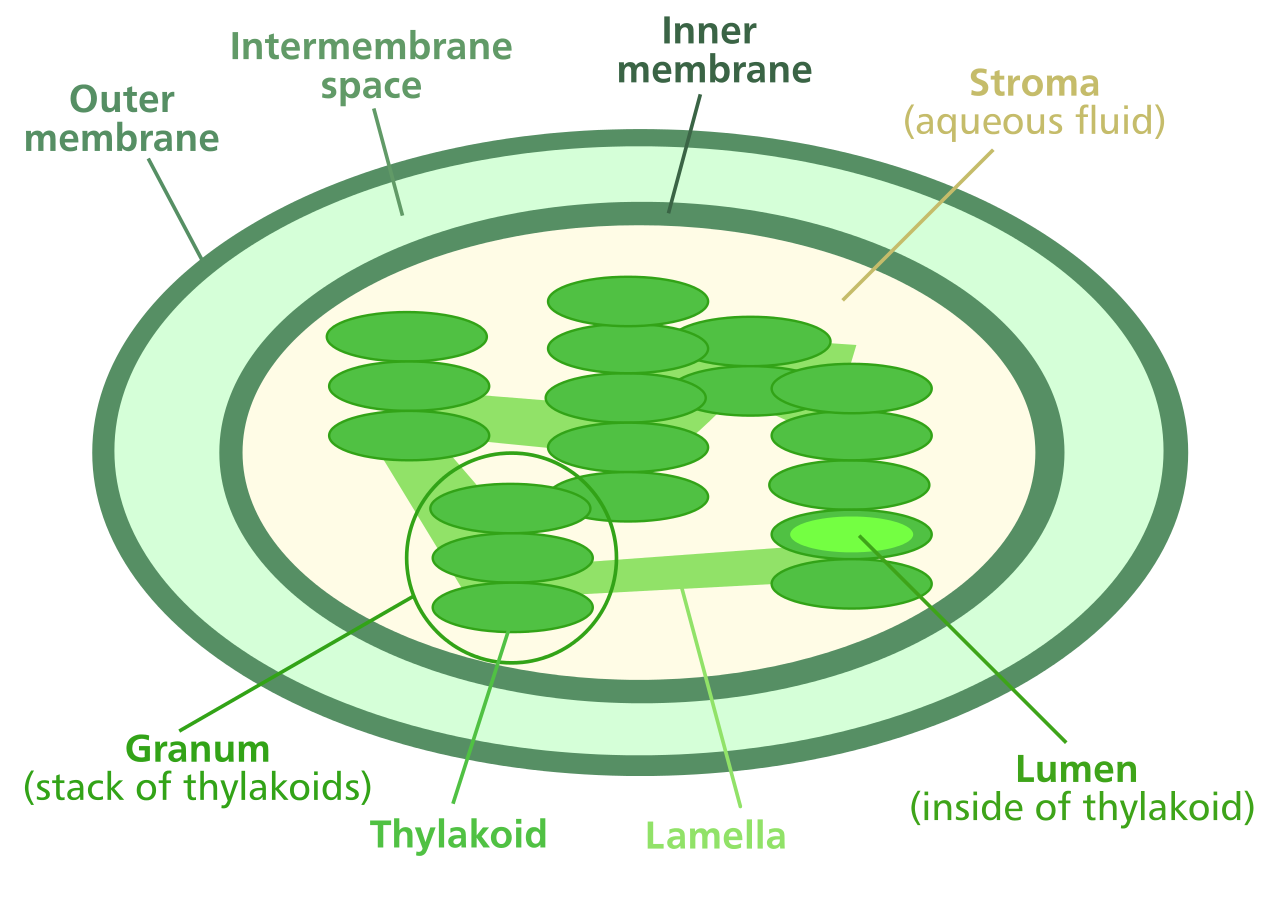
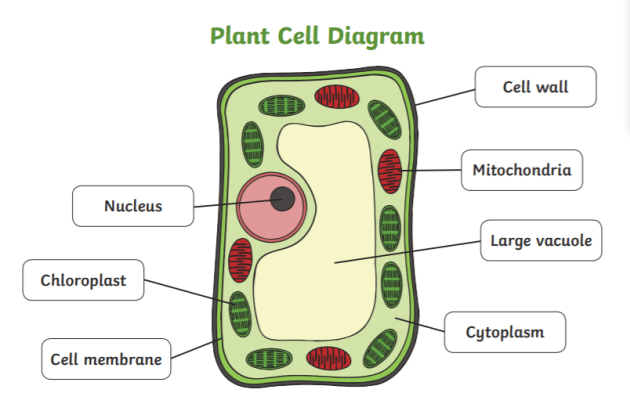



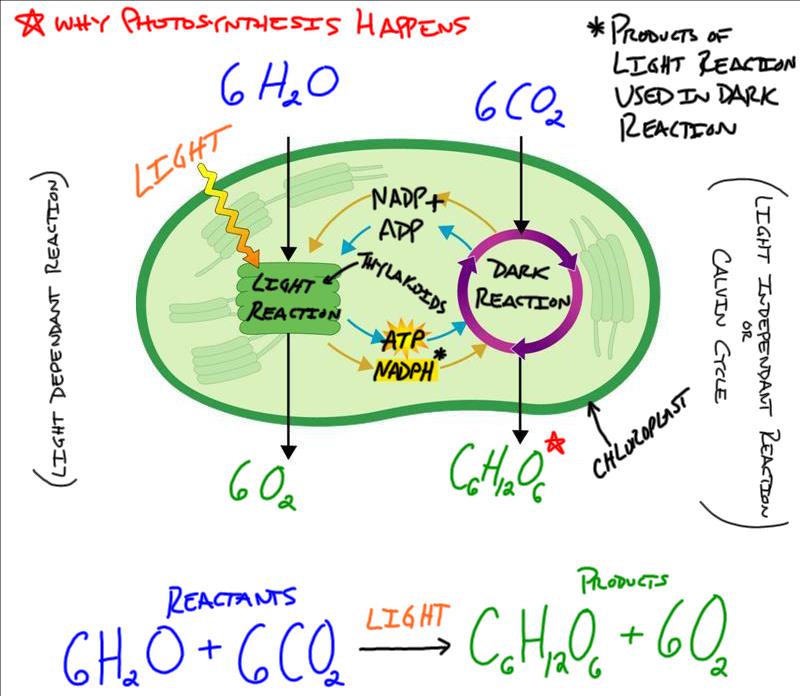
Post a Comment for "40 label chloroplast"